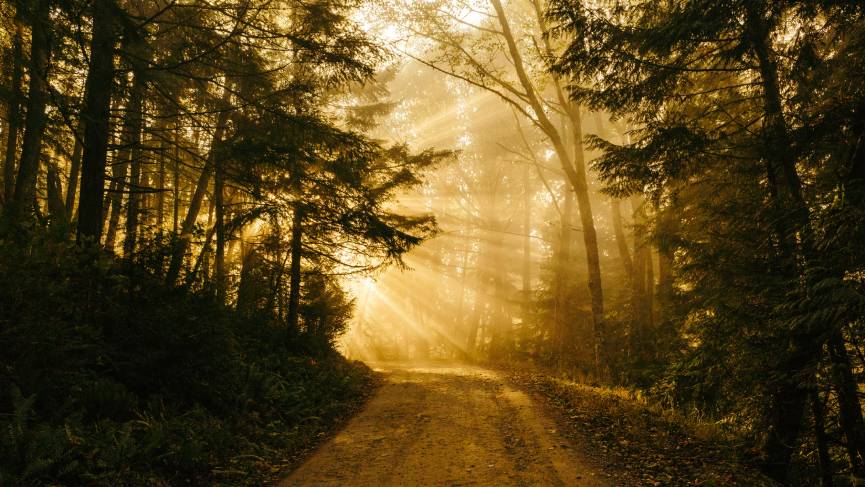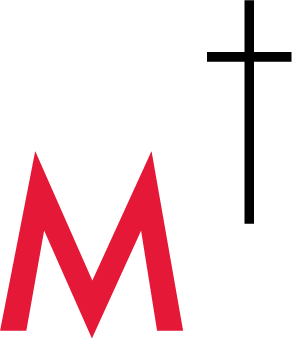Indigenous Peoples and the Catholic Church on the Path to Healing

National
On May 27, 2021, Rosanne Casimir, Chief of the Tk'emlups te Secwépemc First Nation, announced in a press release that the unmarked graves of 215 children from the Kamloops residential school in British Columbia had been discovered. This "unimaginable loss had been spoken of but never documented," she commented. An enormous media reaction followed, both nationally and internationally.
By The Social Action Office - In-house translation
*With thanks to the Communications Department of the Archdiocese of Quebec, with whose permission extensive excerpts from an article published on June 23, are reprinted here.
One month later, on June 24, 2021, excavations at the site of former Marieval residential school in Saskatchewan unearthed another estimated 751 unmarked graves. On June 30, 182 unmarked graves were found in Lower Kootenay in B.C. Shock, grief and the demand for answers have since overwhelmed the hearts of First Nations people, and these sentiments have reached out across the country and aroused international reaction.
These investigations and others still in progress are reopening the deep wounds left by the residential schools. But they can also be an opportunity to discover the truth about the past and to move forward together on the path towards reconciliation and healing.
It was in this spirit that people of many varied backgrounds gathered at an evening ceremony on May 31 by the monument Georges-Étienne Cartier in Mount Royal Park. In the same spirit, the Archbishop issued a declaration of solidarity with the families and their communities on June 11, in which he apologized, as a Canadian and as a Catholic, for the suffering that had been caused.
Understanding the history of residential schools
The discovery of these anonymous graves has caused bewilderment and much suffering.
The Archdiocese of Toronto has published two important documents that provide background on residential schools and the Catholic Church:
FAQs (published June 2021)
Backgrounder (published July)
In Quebec, the period during which religious residential schools operated was shorter (1930 – 1980) and their numbers were less considerable, comprising six of the 139 schools established across Canada. Two of the schools in this province were Anglican, and the four Catholic schools were run by the Oblates. More details can be found in this book (In French only). Besides these, there were the children of Kahnawake and Kanesatake who attended the residential school in the town of Spanish, Ontario.
Truth and Reconciliation Commission
From 2007 to 2015, the Truth and Reconciliation Commission of Canada worked to shed light on the question of residential schools. Brian McDonough, then Director of the Social Action Office of the Catholic Church of Montreal, served on the Commission's Quebec Regional Advisory Committee. The two newly ordained auxiliary bishops at the time, Bishop Christian Lépine and Bishop Thomas Dowd, heard testimonies given at the session held in the Queen Elizabeth Hotel in downtown Montreal in April 2013. Many bishops and religious communities participated actively in these sessions being held across the country. See the account of their response to so much suffering here.
Among other things called for by the Commission was the implementation of the United Nations Declaration on Indigenous Peoples. Bill C-15 received Royal Assent on June 21, 2021. This represented a great achievement, following so many years of committed effort and advocacy! But above all, it was a good start for plans of action. Another recommendation called for the Pope to come to Canada in order to offer his apologies on behalf of the Catholic Church.
Apology offered
Several religious communities, including the Oblates of Mary Immaculate, formerly responsible for the Kamloops residential school, have apologized to the First Nations since 1991. These can be found here:
- Oblates
May 30, 2021: Click here
- Canadian Religious Conference
April 21, 2021: click here
- Jesuits
May 13, 1993: click here
- Oblates
July 24, 1991: click here
For a more complete list: www.ecdsh.org/des-pas-en-avant/ (List in French)
Upcoming meeting with Pope Francis
On June 10, 2021, the Canadian Conference of Catholic Bishops announced that a meeting would take place shortly to allow an Aboriginal delegation and the Pope to participate together in an encounter of meaningful dialog and healing. The CCCB announced on June 29 that this encounter will take place on December 20, 2021. This event is the outcome of a conversation of over two years’ duration with Aboriginal individuals and communities, both locally and nationally, and bilaterally with national First Nations, Métis and Inuit organizations.
Following Saint Keteri Tekakwitha
The Church and the First Nations people often come together in the very hearts of Aboriginal persons who profess and live the Christian faith. Saint Kateri Tekakwitha was one of the first to take this path. Nicholas Black Elk also went before us. In the hearts of these individuals is the living encounter with Christ, and from this is born reconciliation in its inmost form. Catholic Missions in Canada supports these communities. In Montreal, Sainte-Kateri downtown invites these people and offers them a place to meet. See this article.
Pursuing the matter further...
Here are some suggestions to pursue your reflections a little further…and encounter a variety of points of view.
- Indigenous peoples and the Canadian Conference of Catholic Bishops
- Montreal’s International First Peoples Festival
- The entire "Indigenous" file from LeVerbe magazine. (In French only)
- The Seeds of Reconciliation or the Returning to spirit workshops.
- Listening to Indigenous Voices - Jesuit Forum 2021 preceded by Kairos Blanket Exercice
Books :
-
Aboriginal Peoples : fact and fiction (English translation of Mythes et réalités sur les peuples autochtones – 3e rd. 2019
-
Cliche, Guylaine and the Mohawk Traditional council of Kahnawake Words of Peace in Native Land, 2016
-
Rankin, Dominik et Tardif, Marie-Josée On nous appelait les Sauvages, Ed. du Jour, 2011 (In French)
-
Goulet, Henri Histoire des pensionnats indiens catholiques au Québec, Presses de l’Université de Montréal, 2016 (In French)
-
Jean, Michel, Le vent en parle encore, Libre Expression, 2013 (In French)
-
Leaping to conclusions without the facts: Real Women of Canada
-
The Indigenous Peoples of Canada want an apology from Pope Francis, America, June 2021

Comment
Comment
Add new comment